Benign prostatic hyperplasia or benign prostatic hypertrophy is characterized by progressive enlargement of the prostate gland (commonly seen in men older than age 50), causing varying degrees of urethral obstruction and restriction of urinary flow. Depending on the size of the enlarged prostate, the age and health of the patient, and the extent of obstruction, BPH is treated symptomatically or surgically.
Nursing Care Plans and Management
Nursing care for patients with benign prostatic hyperplasia includes promoting pain relief, relieving urinary retention, preventing and managing complications such as urinary tract infections, monitoring for urinary retention and renal dysfunction, and preparing and supporting the patient through surgical interventions if required.
Nursing Problem Priorities
The following are the nursing priorities for patients with benign prostatic hypertrophy:
- Assessment of urinary symptoms and urinary flow
- Monitoring and management of bladder emptying
- Promotion of urinary continence
- Pain management
- Collaboration with the healthcare team for diagnostic tests and treatment options
- Education on lifestyle modifications and self-care strategies
- Preparation and support for surgical interventions, if necessary
Nursing Assessment
Assess for the following subjective and objective data:
- Increased frequency of urination, particularly during the night (nocturia)
- Difficulty initiating urination (hesitancy)
- Weak urine flow or a weak stream during urination
- Incomplete bladder emptying, resulting in a feeling of urinary retention
- Urgency to urinate, often with a sudden and strong urge
- Dribbling or leaking of urine after urination
- Straining during urination
- Sensation of incomplete bladder emptying
- Blood in the urine (hematuria)
- Urinary tract infections (UTIs) that may present as increased urinary frequency, urgency, burning sensation during urination, or cloudy urine.
Assess for factors related to the cause of benign prostatic hypertrophy:
- Mechanical obstruction; enlarged prostate
- Decompensation of detrusor musculature
- The inability of the bladder to contract adequately
- Mucosal irritation: bladder distension, renal colic; urinary infection; radiation therapy
- Reports of pain (bladder/rectal spasm)
- Narrowed focus; altered muscle tone, grimacing; distraction behaviors, restlessness
- Autonomic responses
- Postobstructive diuresis from rapid drainage of a chronically overdistended bladder
- Endocrine, electrolyte imbalances (renal dysfunction)
Nursing Diagnosis
Following a thorough assessment, a nursing diagnosis is formulated to specifically address the challenges associated with benign prostatic hypertrophy based on the nurse’s clinical judgment and understanding of the patient’s unique health condition. While nursing diagnoses serve as a framework for organizing care, their usefulness may vary in different clinical situations. In real-life clinical settings, it is important to note that the use of specific nursing diagnostic labels may not be as prominent or commonly utilized as other components of the care plan. It is ultimately the nurse’s clinical expertise and judgment that shape the care plan to meet the unique needs of each patient, prioritizing their health concerns and priorities.
Nursing Goals
Goals and expected outcomes may include:
- The client will void in sufficient amounts with no palpable bladder distension.
- The client will demonstrate postvoid residuals of less than 50 mL, with the absence of dribbling/overflow.
- The client will report relief and control of pain.
- The client will appear relaxed.
- The client will be able to sleep/rest appropriately.
- The client will maintain adequate hydration as evidenced by stable vital signs, palpable peripheral pulses, good capillary refill, and moist mucous membranes.
- The client will appear relaxed.
- The client will verbalize accurate knowledge of the situation.
- The client will demonstrate an appropriate range of feelings and lessened fear.
- The client’s anxiety is reduced to a manageable level.
- The client will verbalize understanding of the disease process/prognosis and potential complications.
- The client will verbalize understanding of therapeutic needs.
- The client will initiate necessary lifestyle/behavior changes.
Nursing Interventions and Actions
Therapeutic interventions and nursing actions for patients with benign prostatic hypertrophy may include:
1. Managing Urinary Retention
Urinary retention in patients with benign prostatic hyperplasia (BPH) is typically due to mechanical obstruction caused by an enlarged prostate, which makes it difficult for urine to flow through the urethra. If the condition is left untreated, the bladder may become unable to contract efficiently, resulting in incomplete bladder emptying and urinary retention. Also, the detrusor muscle that controls bladder contraction may undergo decompensation, leading to further difficulty in emptying the bladder.
Observe the urinary stream, noting size and force.
Useful in evaluating the degree of obstruction and choice of intervention.
Percuss and palpate suprapubic area.
A distended bladder can be felt in the suprapubic area.
Monitor vital signs closely. Observe for hypertension, peripheral and dependent edema, and changes in mentation. Weigh daily. Maintain accurate I&O.
Loss of kidney function results in decreased fluid elimination and accumulation of toxic wastes; may progress to complete renal shutdown.
Watch closely for signs of post-obstructive diuresis (such as increased urine output and hypotension).
This may lead to serious dehydration, lower blood volume, shock, electrolyte loss, and anuria.
Check the catheter often (every 15 minutes for the first 2 to 3 hours).
For patency and urine color.
Have the patient document the time and amount of each voiding. Note diminished urinary output. Measure specific gravity as indicated
Urinary retention increases pressure within the ureters and kidneys, which may cause renal insufficiency. Any deficit in blood flow to the kidney impairs its ability to filter and concentrate substances.
Watch for septic shock, the most serious complication of prostatic surgery.
May cause severe fever, tachycardia, hypotension, and other sign of shock.
Encourage the patient to void every 2–4 hr and when the urge is noted.
May minimize urinary retention and overdistension of the bladder.
Ask the patient about stress incontinence when moving, sneezing, coughing, laughing, or lifting objects.
High urethral pressure inhibits bladder emptying or can inhibit voiding until abdominal pressure increases enough for urine to be involuntarily lost.
Encourage oral fluids up to 3000 mL daily, within cardiac tolerance, if indicated.
Increased circulating fluid maintains renal perfusion and flushes kidneys, bladder, and ureters of “sediment and bacteria.” Note: Initially, fluids may be restricted to prevent bladder distension until adequate urinary flow is re-established.
Provide and encourage meticulous catheter and perineal care.
Reduces risk of ascending infection.
Recommend sitz bath as indicated.
Promotes muscle relaxation, decreases edema, and may enhance the voiding effort.
Administer medications as indicated.
See Pharmacologic Management
Catheterize for residual urine and leave an indwelling catheter as indicated.
Although this is usually difficult in a patient with BPH, it relieves and prevents urinary retention and rules out the presence of ureteral stricture. A Coudé catheter may be required because the curved tip eases the passage of the tube through the prostatic urethra. Note: Bladder decompression should be done with caution to observe for signs of adverse reaction such as hematuria (rupture of blood vessels in the mucosa of the overdistended bladder) and syncope (excessive autonomic stimulation).
Keep the catheter open.
To maintain returns that are clear and light pink.
2. Providing Acute Pain Relief and Pain Management
Acute pain in patients with benign prostatic hyperplasia (BPH) can be caused by a variety of factors, including mucosal irritation from the catheterization procedure used to relieve urinary obstruction, bladder distention due to incomplete emptying of the bladder, renal colic from the presence of kidney stones, urinary tract infections, and radiation therapy used to treat the condition. These factors can all contribute to pain and discomfort in the pelvic region.
Assess pain, noting location, intensity (scale of 0–10), and duration.
Provides information to aid in determining the choice or effectiveness of interventions.
Tape the drainage tube to the thigh and the catheter to the abdomen (if traction is not required).
Prevents pull on the bladder and erosion of the penile-scrotal junction.
Recommend bedrest as indicated.
Bedrest may be needed initially during the acute retention phase; however, early ambulation can help restore normal voiding patterns and relieve colicky pain.
Provide comfort measures such as back rub, helping the patient assume a position of comfort. Suggest the use of relaxation and deep-breathing exercises and diversional activities.
Promotes relaxation, refocuses attention, and may enhance coping abilities.
Encourage the use of sitz baths, and warm soaks to perineum.
Promotes muscle relaxation.
Insert a catheter and attach it to straight drainage as indicated.
Draining the bladder reduces bladder tension and irritability.
Instruct in prostatic massage.
Aids in the evacuation of ducts of the gland to relieve congestion and inflammation. Contraindicated if infection is present.
Administer pain medications as indicated.
See Pharmacologic Management
3. Promoting Optimal Fluid Balance
Patients with benign prostatic hyperplasia (BPH) are at risk for deficient volume due to several factors, including post obstructive diuresis, which is an increase in urine output that can occur following the relief of urinary obstruction. This can lead to dehydration and electrolyte imbalances. Additionally, BPH can cause renal dysfunction, which can further contribute to fluid and electrolyte imbalances in the body.
Monitor output carefully. Note outputs of 100–200 mL per hr.
Rapid and sustained diuresis could cause a patient’s total fluid volume to become depleted and limit sodium reabsorption in renal tubules.
Monitor BP and pulse. Evaluate capillary refill and oral mucous membranes.
Enables early detection of and intervention for systemic hypovolemia.
Monitor electrolyte levels, especially sodium.
As fluid is pulled from extracellular spaces, sodium may follow the shift, causing hyponatremia.
Encourage increased oral intake based on individual needs.
The patient may have restricted oral intake in an attempt to control urinary symptoms, reducing homeostatic reserves and increasing the risk of dehydration and hypovolemia.
Promote bedrest with the head elevated.
Decreases cardiac workload, facilitating circulatory homeostasis.
Administer IV fluids (hypertonic saline) as needed.
Replaces fluid and sodium losses to prevent or correct hypovolemia following outpatient procedures.
4. Reducing Anxiety and Providing Emotional Support
Patients with benign prostatic hyperplasia (BPH) may experience fear and anxiety related to the surgical procedure used to treat the condition, which can be a major intervention involving general anesthesia and potential complications. Additionally, the procedure may involve exposure of the genital area, which can be embarrassing for some patients. Concerns about sexual ability, including erectile dysfunction, may also contribute to feelings of fear and anxiety in patients with BPH.
Always remain with the patient. Establish a trusting relationship with the patient and SO.
Demonstrates concern and willingness to help. Encourages discussion of sensitive subjects.
Provide information about specific procedures and tests and what to expect afterward (catheter, bloody urine, bladder irritation). Be aware of how much information the patient wants.
Helps patients understand the purpose of what is being done, and reduces concerns associated with the unknown, including fear of cancer. However, an overload of information is not helpful and may increase anxiety.
Maintain a matter-of-fact attitude in doing procedures and dealing with patients. Protect patient privacy.
Communicates acceptance and eases the patient’s embarrassment.
Encourage the patient and SO to verbalize concerns and feelings.
Defines the problem, providing an opportunity to answer questions, clarify misconceptions, and problem-solve solutions.
Reinforce previous information the patient has been given.
Allows the patient to deal with reality and strengthens trust in caregivers and the information presented.
5. Initiating Health Teachings and Patient Education
Patients with benign prostatic hyperplasia (BPH) may have insufficient knowledge about the condition due to a lack of familiarity with the relevant information, such as the causes, symptoms, and available treatment options. Furthermore, concerns about the sensitive area involved in the condition may make some patients hesitant to seek out information or ask questions about their condition, further contributing to their knowledge deficit.
Review disease process and patient expectations.
Provides a knowledge base from which patients can make informed therapy choices.
Encourage verbalization of fears and feelings and concerns.
Helping patients work through feelings can be vital to rehabilitation.
Give information that the condition is not sexually transmitted.
May be an unspoken fear.
Review drug therapy and use of herbal products and diet, (increased fruits, soybeans).
Some patients may prefer to treat with complementary therapy because of decreased occurrence and lessened severity of side effects such as impotence.
Recommend avoiding spicy foods, coffee, alcohol, long automobile rides, and rapid intake of fluids (particularly alcohol).
May cause prostatic irritation with resulting congestion. The sudden increase in urinary flow can cause bladder distension and loss of bladder tone, resulting in episodes of acute urinary retention.
Address sexual concerns (during acute episodes of prostatitis, intercourse is avoided, but may be helpful in the treatment of chronic condition).
Sexual activity can increase pain during acute episodes but may serve as massaging agent in the presence of chronic disease. Note: Medications such as finasteride (Proscar) are known to interfere with libido and erections. Alternatives include terazosin (Hytrin), doxazosin mesylate (Cardura), and tamsulosin (Flomax), which do not affect testosterone levels.
Provide information about basic sexual anatomy. Encourage questions and promote a dialogue about concerns.
Having information about anatomy involved helps patients understand the implications of proposed treatments because they might affect sexual performance.
Review signs and symptoms requiring medical evaluation, (cloudy, odorous urine; diminished urinary output, inability to void; the presence of fever and chills).
Prompt interventions may prevent more serious complications.
Discuss the necessity of notifying other healthcare providers of the diagnosis.
Reduces the risk of inappropriate therapy such as the use of decongestants, anticholinergics, and antidepressants, which can increase urinary retention and may precipitate an acute episode.
Reinforce the importance of medical follow-up for at least 6 mo to 1 yr, including rectal examination, and urinalysis.
Recurrence of hypertrophy and infection (caused by the same or different organisms) is not uncommon and requires changes in the therapeutic regimen to prevent serious complications.
6. Administering Medications and Pharmacologic Support
Medications used for patients with benign prostatic hypertrophy (BPH) primarily consist of alpha-blockers and 5-alpha-reductase inhibitors to improve urinary symptoms and reduce prostate gland enlargement. While antispasmodics may be prescribed to relax the bladder muscles and alleviate urinary urgency and frequency. In certain cases where BPH is complicated by urinary tract infections (UTIs), antibiotics may be prescribed to treat the infection and prevent further complications.
Alpha-adrenergic antagonists: tamsulosin (Flomax), prazosin (Minipress), terazosin (Hytrin), doxazosin mesylate (Cardura)
Studies indicate that these drugs may be as effective as Proscar for outflow obstruction and may have fewer side effects in regard to sexual function.
Antispasmodics: oxybutynin (Ditropan)
Relieves bladder spasms related to irritation by the catheter
Rectal suppositories (B & O)
Suppositories are absorbed easily through the mucosa into bladder tissue to produce muscle relaxation and relieve spasms.
Antibiotics and antibacterials.
Given to combat infection. May be used prophylactically.
Narcotics: meperidine (Demerol).
Given to relieve severe pain, and provide physical and mental relaxation.
Antibacterials: methenamine hippurate (Hiprex)
Reduces bacteria present in the urinary tract and those introduced by the drainage system.
Antispasmodics and bladder sedatives: flavoxate (Urispas), oxybutynin (Ditropan).
Relieves bladder irritability.
Recommended Resources
Recommended nursing diagnosis and nursing care plan books and resources.
Disclosure: Included below are affiliate links from Amazon at no additional cost from you. We may earn a small commission from your purchase. For more information, check out our privacy policy.
Ackley and Ladwig’s Nursing Diagnosis Handbook: An Evidence-Based Guide to Planning Care
We love this book because of its evidence-based approach to nursing interventions. This care plan handbook uses an easy, three-step system to guide you through client assessment, nursing diagnosis, and care planning. Includes step-by-step instructions showing how to implement care and evaluate outcomes, and help you build skills in diagnostic reasoning and critical thinking.

Nursing Care Plans – Nursing Diagnosis & Intervention (10th Edition)
Includes over two hundred care plans that reflect the most recent evidence-based guidelines. New to this edition are ICNP diagnoses, care plans on LGBTQ health issues, and on electrolytes and acid-base balance.

Nurse’s Pocket Guide: Diagnoses, Prioritized Interventions, and Rationales
Quick-reference tool includes all you need to identify the correct diagnoses for efficient patient care planning. The sixteenth edition includes the most recent nursing diagnoses and interventions and an alphabetized listing of nursing diagnoses covering more than 400 disorders.

Nursing Diagnosis Manual: Planning, Individualizing, and Documenting Client Care
Identify interventions to plan, individualize, and document care for more than 800 diseases and disorders. Only in the Nursing Diagnosis Manual will you find for each diagnosis subjectively and objectively – sample clinical applications, prioritized action/interventions with rationales – a documentation section, and much more!

All-in-One Nursing Care Planning Resource – E-Book: Medical-Surgical, Pediatric, Maternity, and Psychiatric-Mental Health
Includes over 100 care plans for medical-surgical, maternity/OB, pediatrics, and psychiatric and mental health. Interprofessional “patient problems” focus familiarizes you with how to speak to patients.

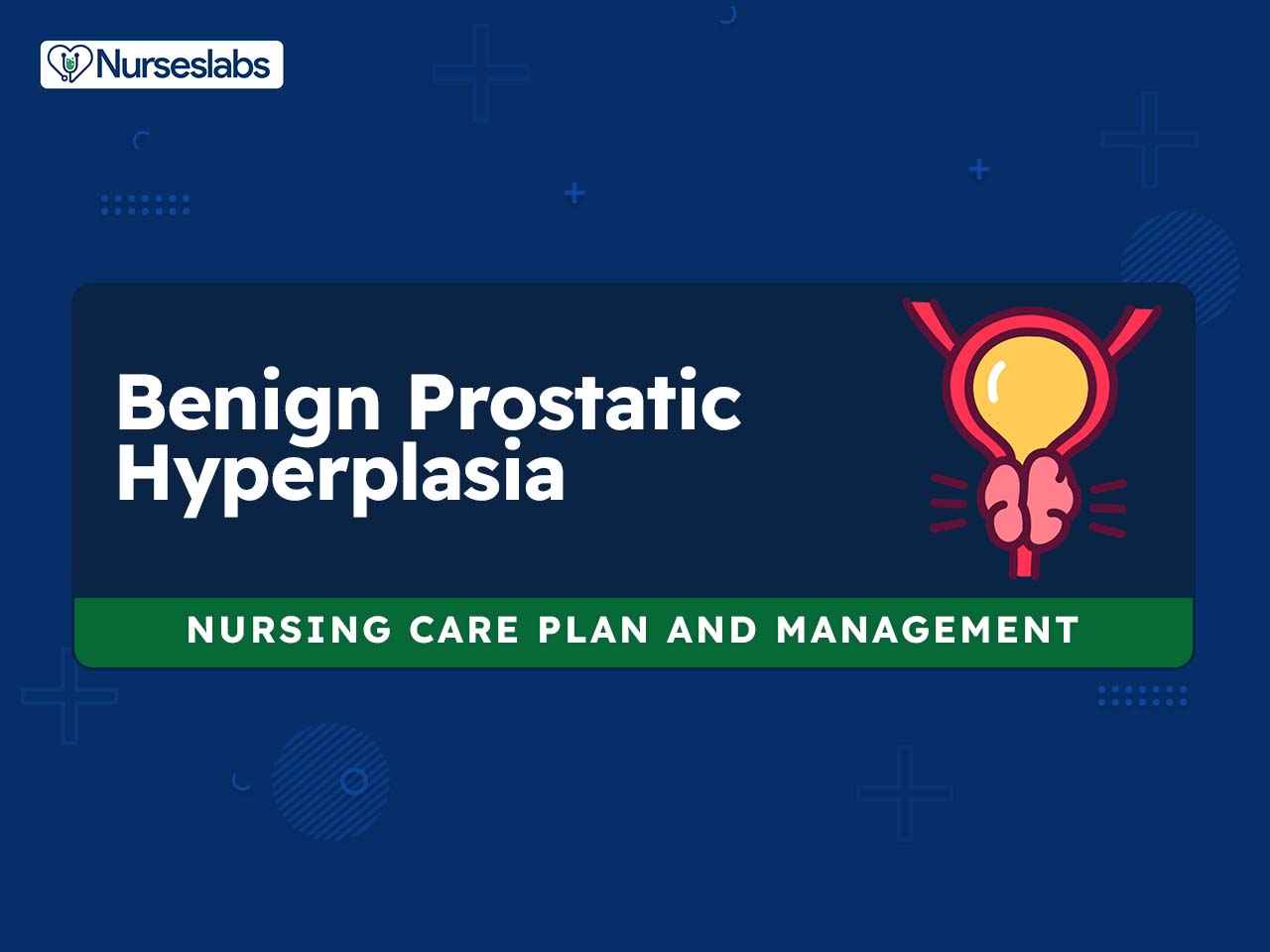




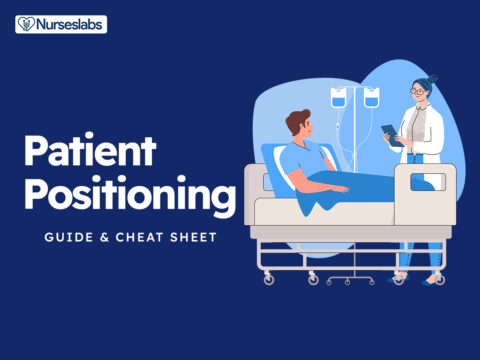

















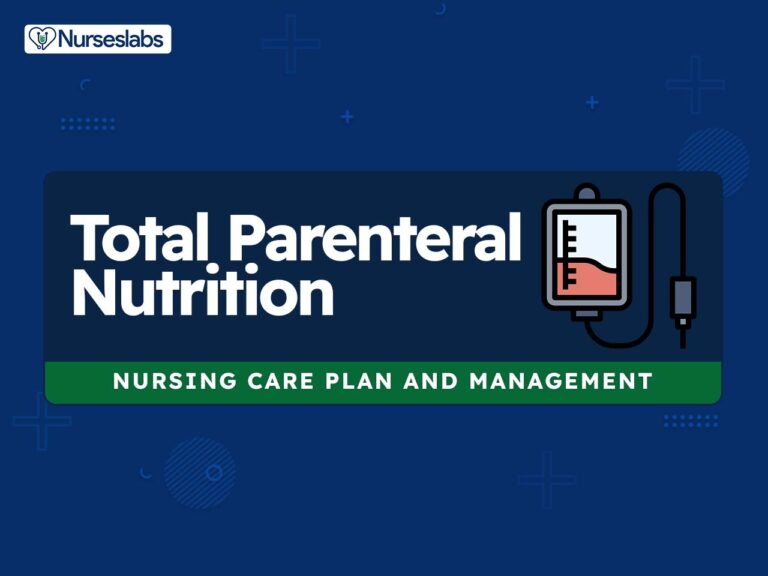
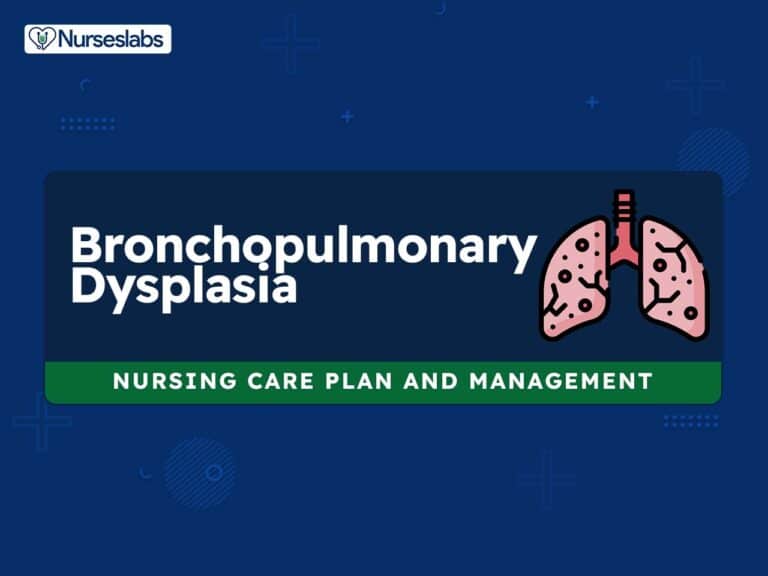

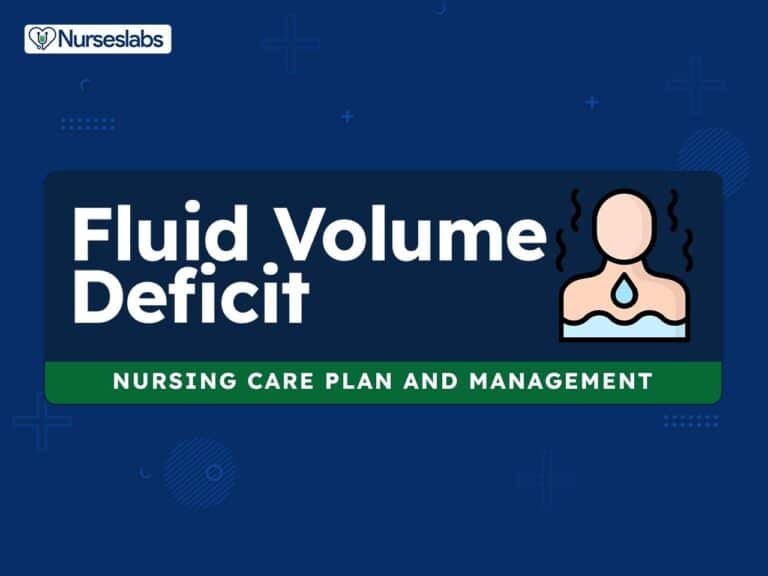
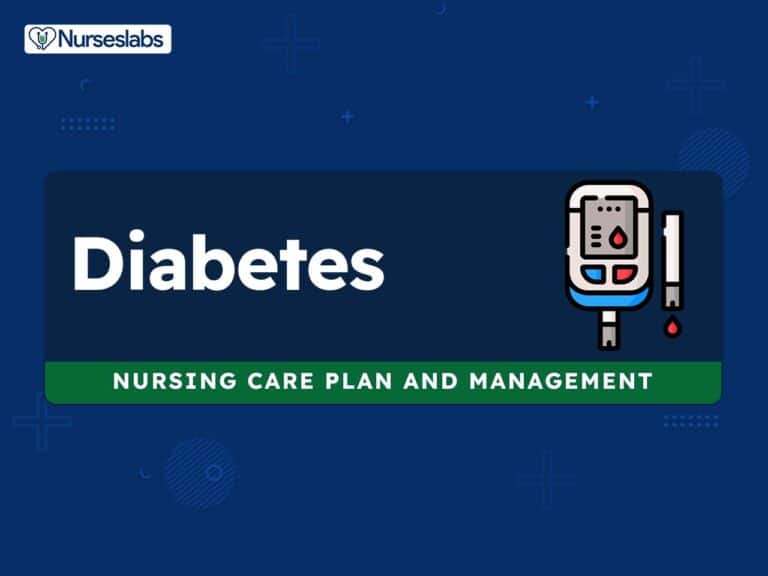
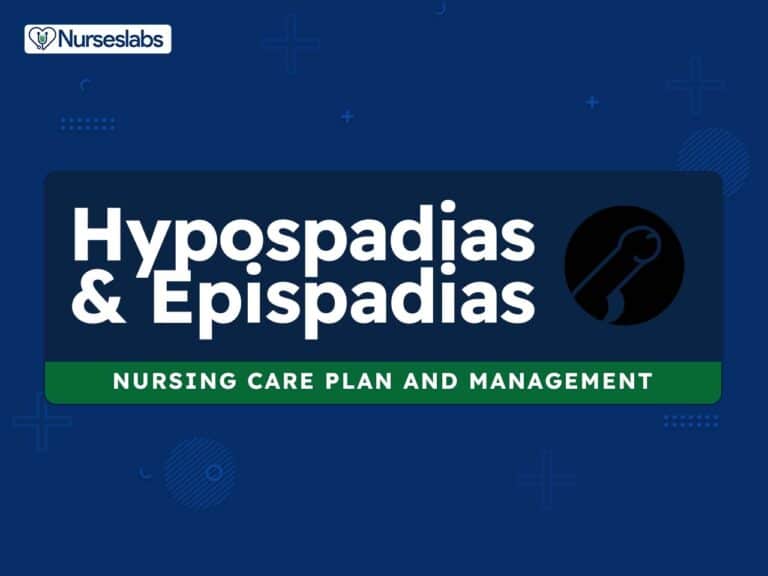
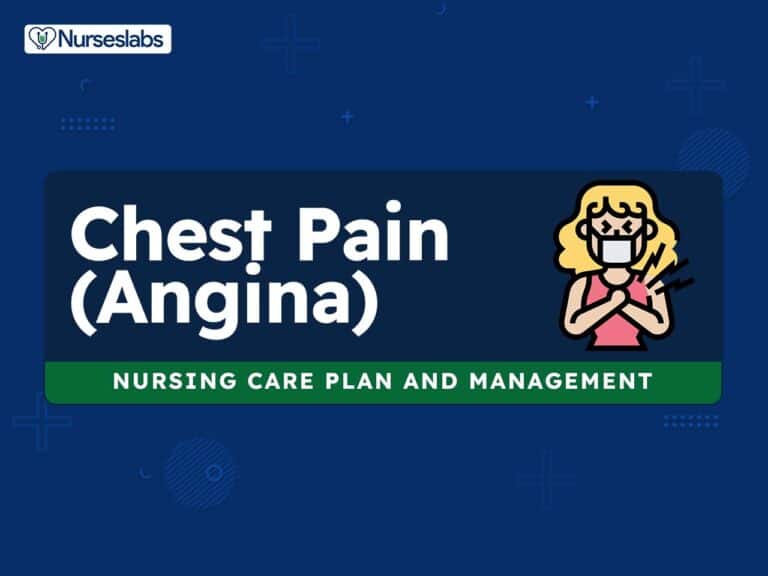
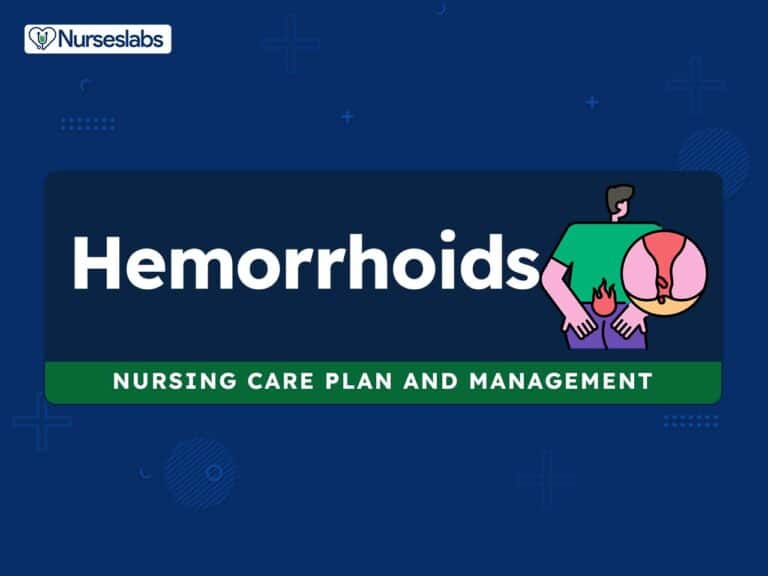
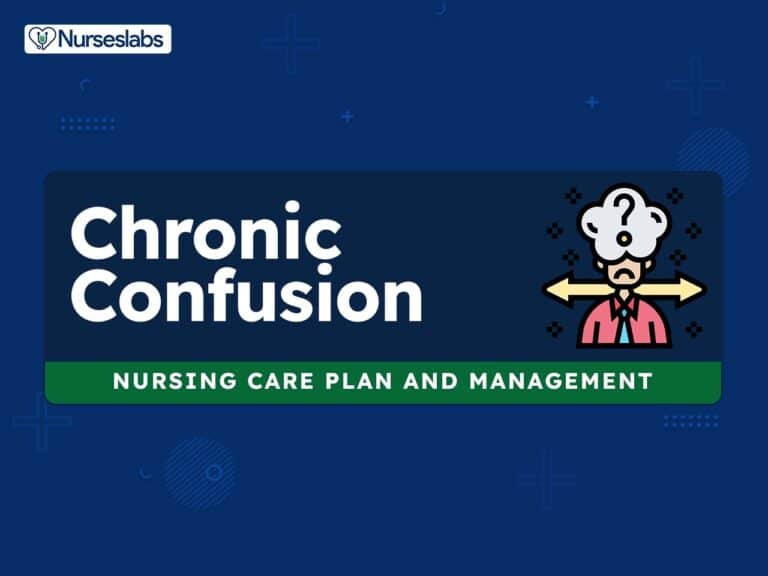

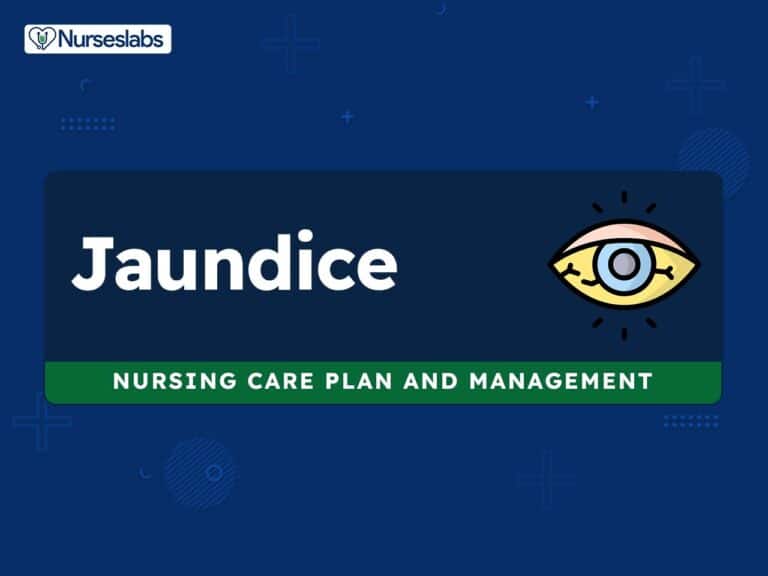
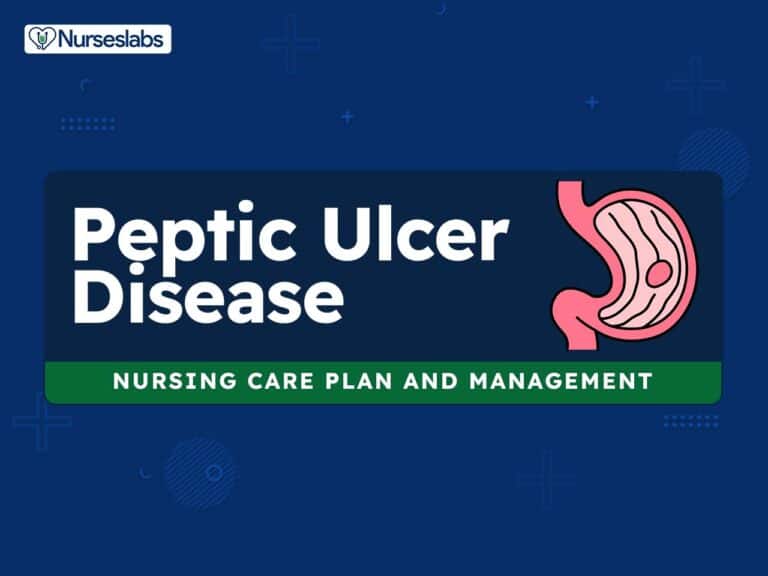
Leave a Comment